Patricia Green Cellars Pinot Noir, Freedom Hill Vineyard, Wadensvil Clone 2022
Original price was: $49.99.$38.99Current price is: $38.99.
Description
Patricia Green Cellars Pinot Noir, Freedom Hill Wadensvil Clone 2021
95pts – Vinous
Winemaking and Notes:
Winemaking: Fermentations were managed by a combination of pumpovers early in the process and exclusively prior to fermentation beginning as well as pigeages to ensure gentle handling, extraction, and delicate tannin
construction. Cold soaks were 3-4 days. Full fermentation from beginning to pressing was 16-17 days. 24-48 hour settling prior to being racked to barrel. All wines on full lees until assemblage for bottling. Bottled without fining or filtration.
Barrels: 3 new barrels were used, 2 Cadus and 1 Richelieu. Past that the wine was a combination of largely 3 and 4 times used barrels with a couple of completely neutral barrels to round it all out.
Notes: If there is a winery in Oregon with a greater love for the Wadensvil Clone of Pinot Noir I would be extremely surprised. We source this not widely planted clone from 6 different vineyards, including our Estate, and are now producing 4 distinct bottlings meant to show off this clone’s contribution to terroir. We find that Wadensvil has a unique ability to bring red-fruited characteristics, both aromatically and in the flavors, even into environments where darker fruits are far more the norm. This push and pull sort of dynamic within the context of the other facets of the wine’s terroir helps create an extra level of complexity and nuance in the best situations. Certainly, here at Freedom Hill Vineyard, known for dark and powerful wines, this attribute creates a wine unique across the many bottlings we do from this site. While still containing the full textural experience of Freedom Hill this has a sense of calm to it that the wilder wines from here do not have. This is full on and demure at the same time. This is a beautiful and restrained wine operating in a very dynamic and intense vineyard environment. No doubt this wine will last for years and years. This finished with a TA of 5.5, a pH of 3.49 and was bottled with under 25 ppm free SO2 and less than 70 ppm total SO2.
Site Characteristics and Block:
Site Characteristics: Freedom Hill Vineyard lies toward the eastern edge of the Coast Range Foothills. While associated geographically with the Eola Hills, the site lies south and west of the border of the Eola-Amity Hill Appellation outside of the town of Monmouth. The vineyard is planted on a marine sedimentary type of soil known as Bellpine. The vineyard is also located just south of the Van Duzer wind corridor which allows for more consistent average temperatures due to a lack of afternoon and evening offshore breezes rolling through.
The Block: Since 2012 when we initially began sourcing fruit from Freedom Hill Vineyard, we have chosen a sub-set of the different blocks to bottle based upon the clone within the block. Not all blocks in this (or any vineyard for that matter) are equal. For instance, we get Dijon 115 from three separate parts of the vineyard, but the Dijon 115 bottling comes entirely from one of those sections. In 2016 we were offered a block of Wadensvil next to that very block of Dijon 115 by which we are impressed by. These two blocks are adjacent and near the highest point in the vineyard. Another winery chose to not renew its lease in this block, and we stepped into an interesting situation. The block was, oddly, under much more duress than our Dijon 115 despite its proximity. We devised a plan with the Dusschees to restore the vine health in the block and get this section of the vineyard back on track. In 2017 we did a small bottling from here and by 2018 this Wadensvil block was singing and definitely vies for “best bottling of the vintage” amongst the staff.
Wine history:
Farming Practices: Since 2013 Freedom Hill Vineyard has been moving diligently and consistently from conventional farming practices to organic farming. While not 100% turned to organic practices it is closer to that than it is too so-called “sustainable farming.” Great attention has been paid to specific cover cropping, foliar feeding, and cultivation. The result is a healthier vineyard with a greater range of blocks producing single vineyard quality style wines.
Climate:
The Eola-Amity Hills region enjoys a temperate climate of warm summers and mild winters, and 40 inches of annual rain, most of which falls outside of the growing season. Average maximum temperatures are 62 degrees Fahrenheit in April and 83 degrees Fahrenheit in July, which contributes to the ideal conditions for the cool-climate grape varieties that dominate the Eola-Amity Hills. The climate in this region is greatly influenced by its position due east of the Van Duzer Corridor, which provides a break in the coast range that allows cool Pacific Ocean air to flow through. This drops temperatures in the region dramatically, especially during late summer afternoons, helping to keep grape acids firm.
Soil:
The soils in the Eola-Amity Hills predominantly contain volcanic basalt from ancient lava flows as well as marine sedimentary rocks and alluvial deposits at the lower elevations of the ridge. This combination results in a relatively shallow, rocky set of well-drained soils, which typically produce small grapes with great concentration.
Topography:
The Eola Hills, and its northern extension, the Amity Hills, are part of a North Willamette Valley hill chain that developed out of intense volcanic activity and the collision of the Pacific and North American plates. The main ridge of the Eola Hills runs north-south and has numerous lateral ridges on both sides that run east-west. The majority of the region’s vineyard sites exist at elevations between 250 to 700 feet.

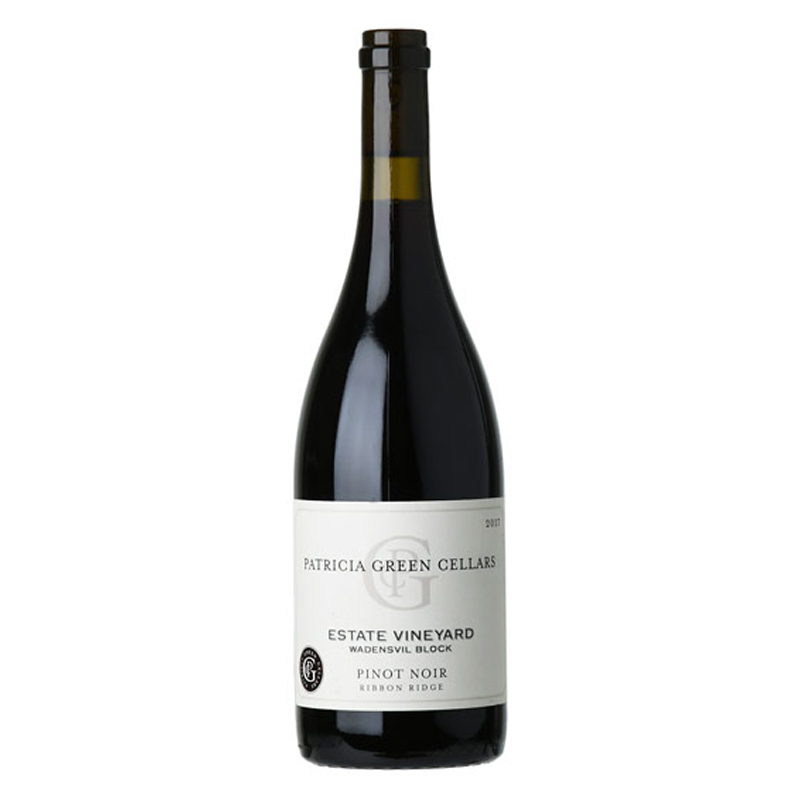
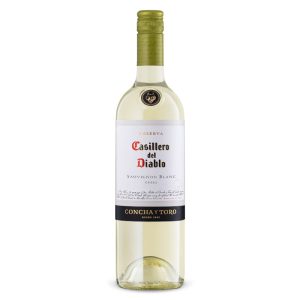
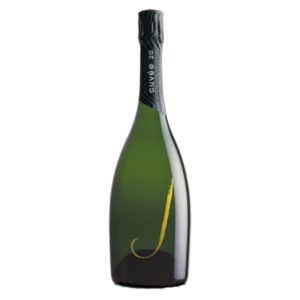
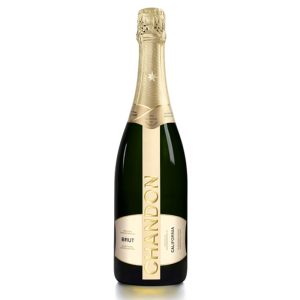
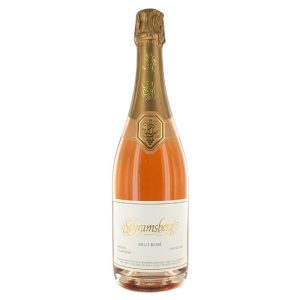

Reviews
There are no reviews yet.